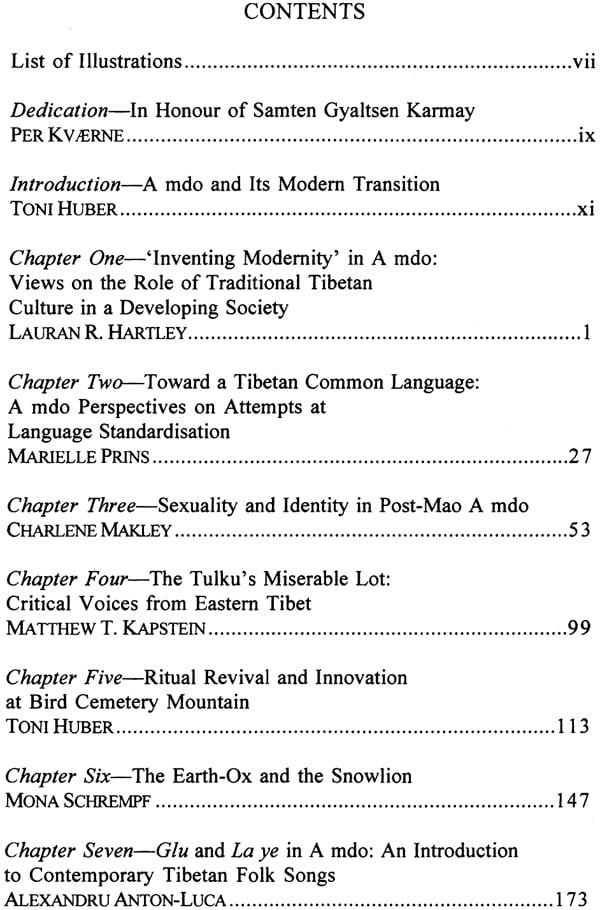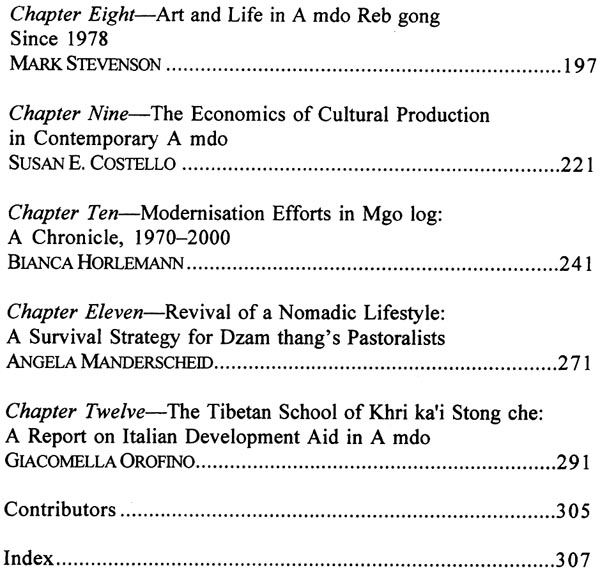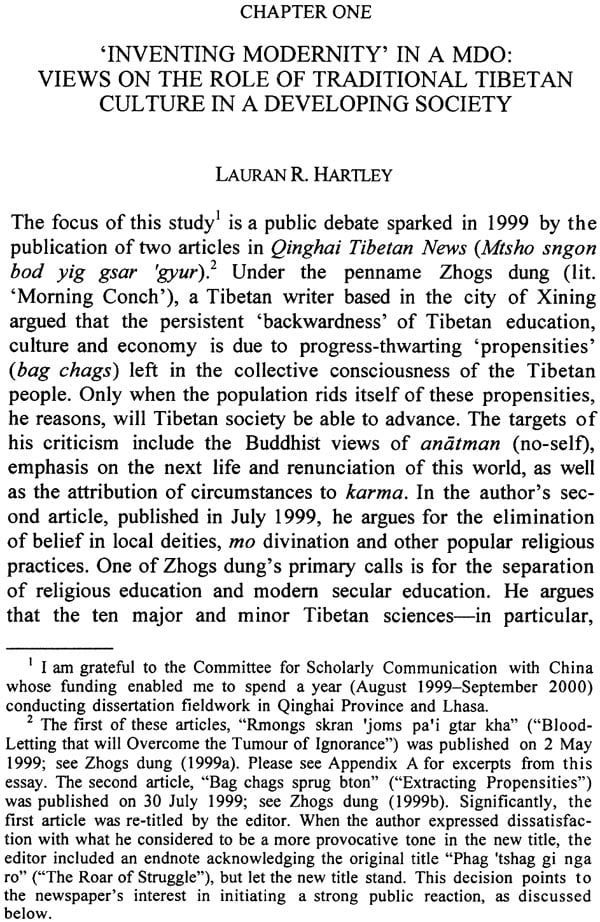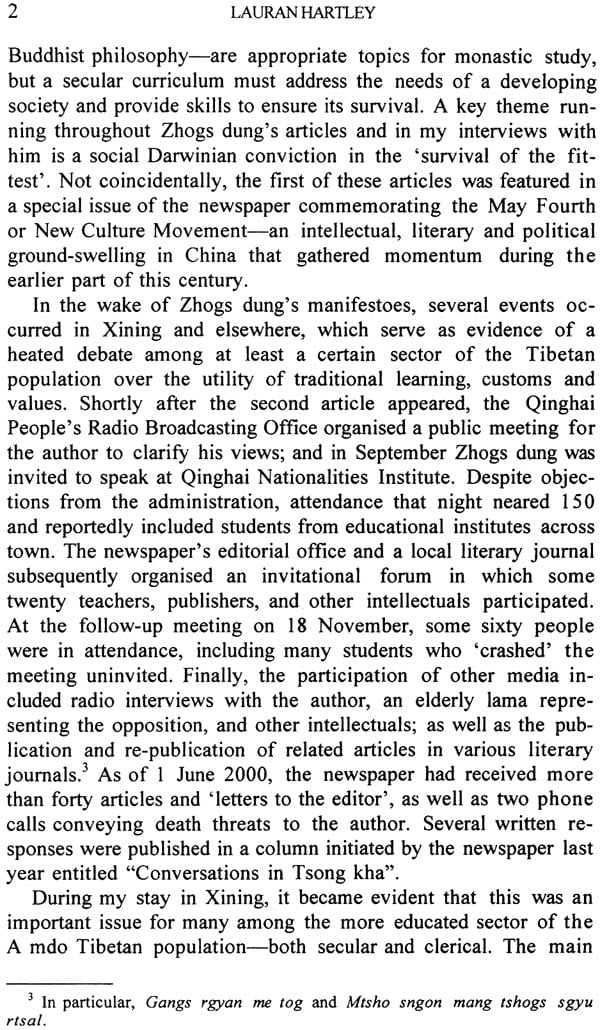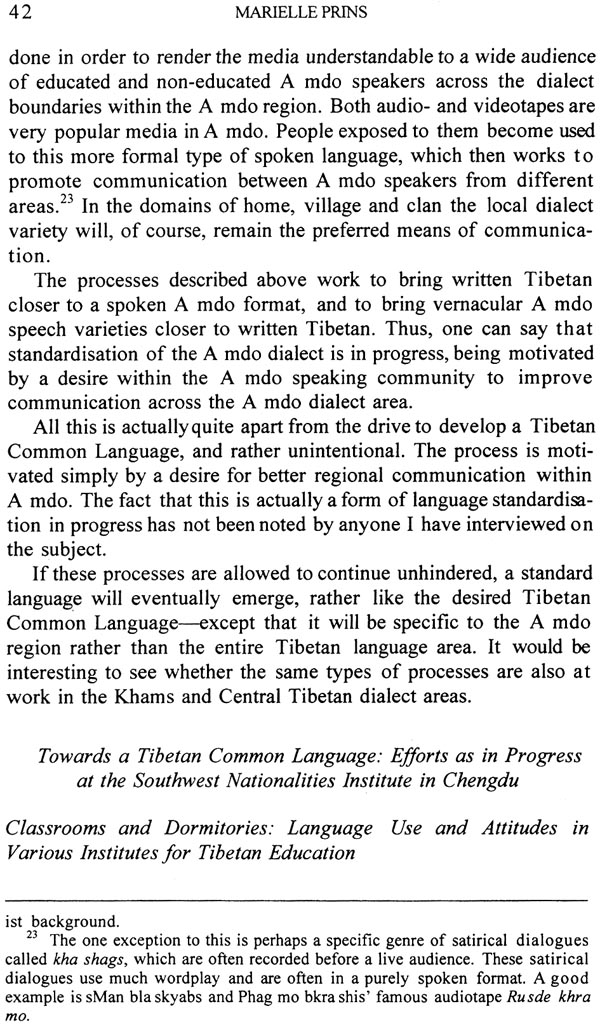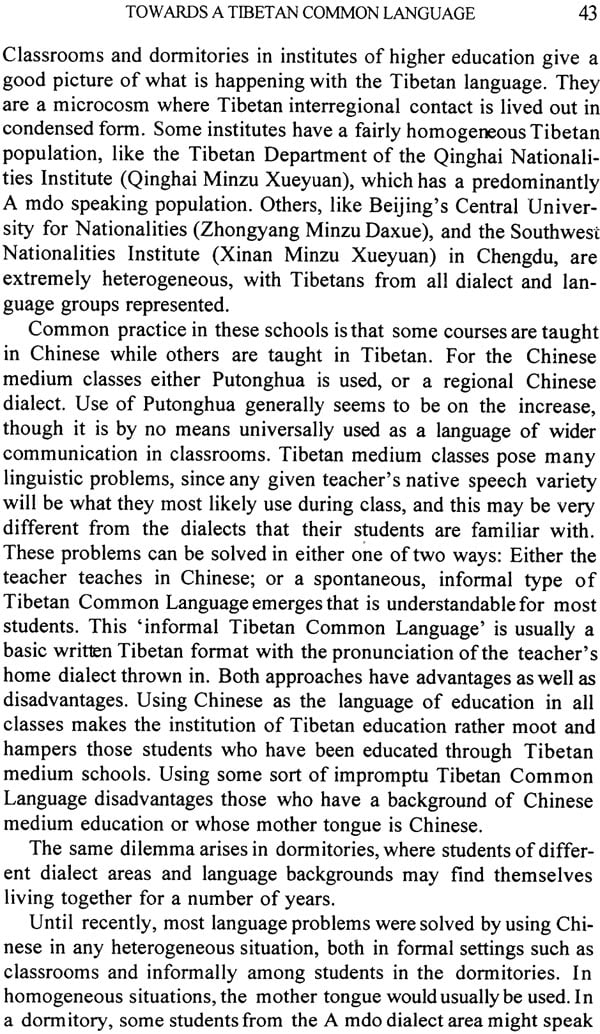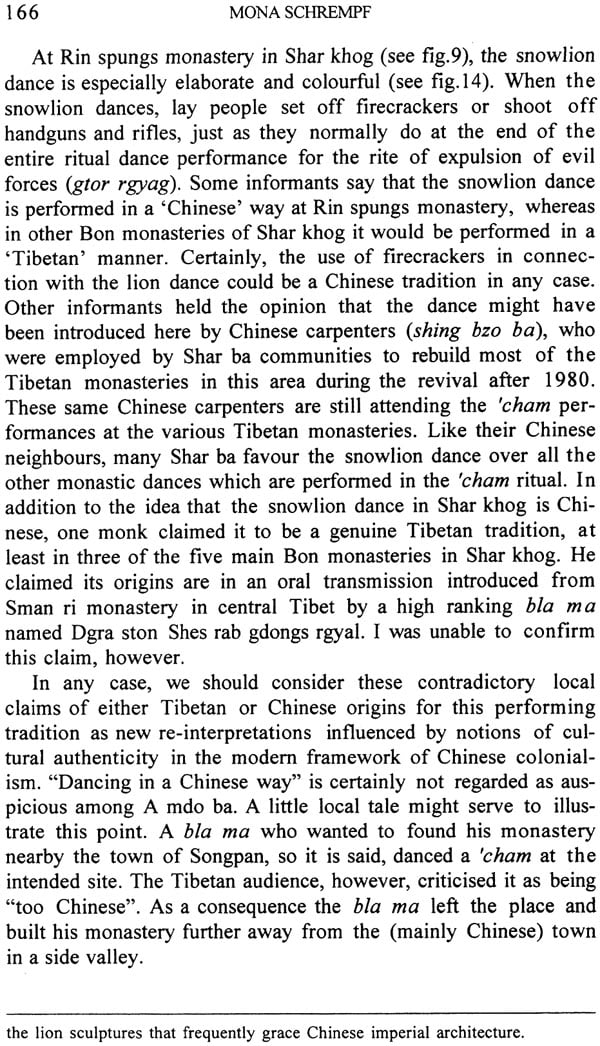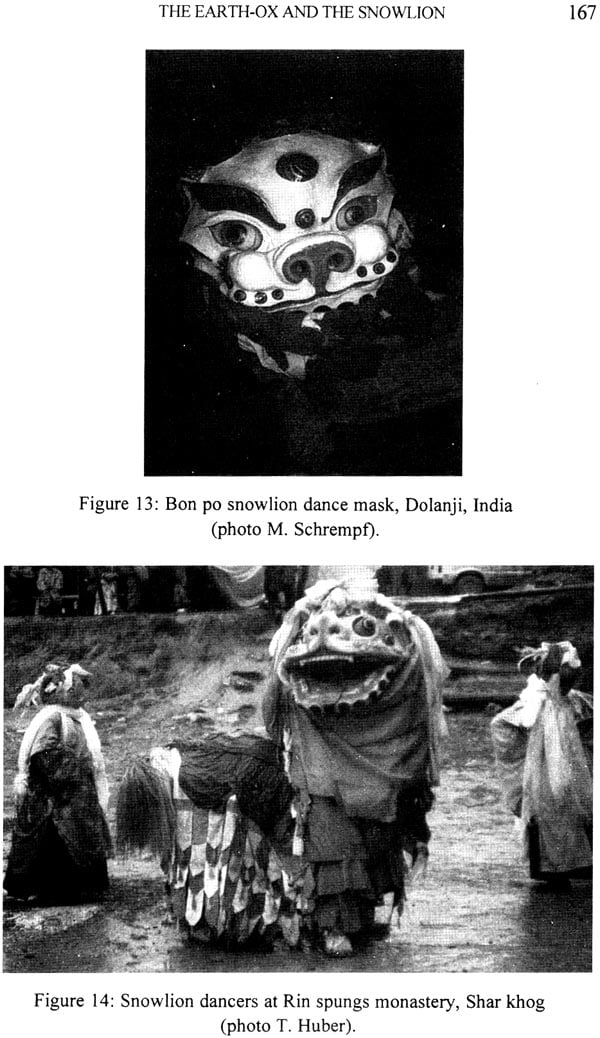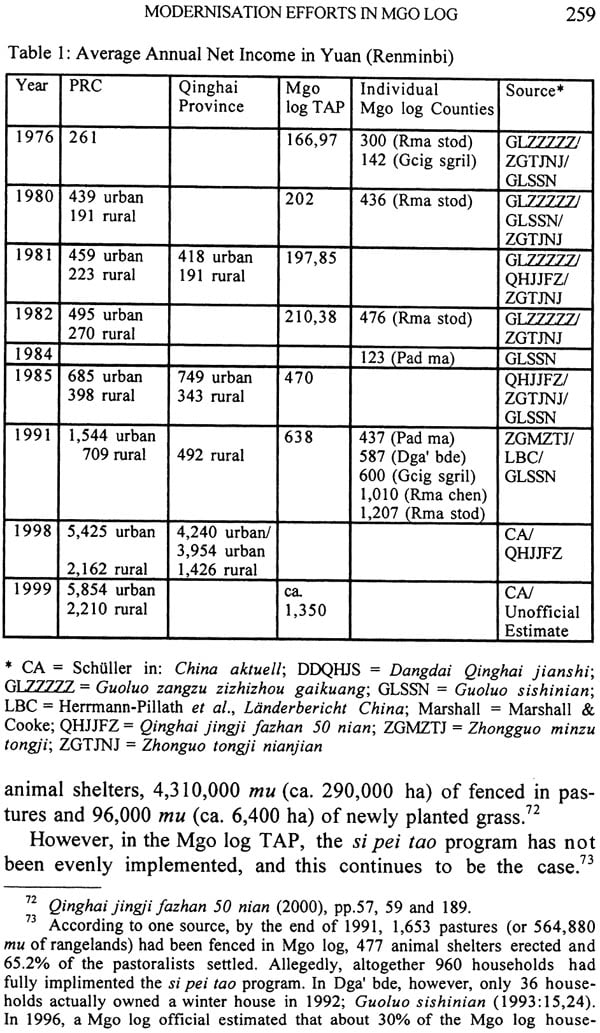
Amdo Tibetans in Transition (Society and Culture in the Post-Mao Era)
Book Specification
| Item Code: | NAS459 |
| Author: | Toni Huber |
| Publisher: | Vajra Books, Nepal |
| Language: | English |
| Edition: | 2011 |
| ISBN: | 9789937506595 |
| Pages: | 325 (11 B/W Illustrations) |
| Cover: | PAPERBACK |
| Other Details | 9.00 X 6.00 inch |
| Weight | 510 gm |
Book Description
This volume (being the firth volume of the Proceedings of the Ninth Seminar of the IATS, 2000) investigates Eastern Tibetan recovery from the devastation of High Socialism and a new engagement with attempts to modernise the region in the era of reform and opening» in post-Mao China.
Amdo Tibetan in Transistion covers all major areas of cultural revival in post-Mao Amdo: The active negoation of culture and identity is addressed in public debate about traditional culture, in attempts at language standardisation, and in reflections on sexuality. Religious culture is represented by discussion of critical perspectives on reincarnate lamas and by case studies of revival and reinterpretation of popular rituals, Amdo Tibetan self-expression in art, literature and performance and studied by means of folksongs, painters and their works, and the changing economics of cultural production. The final chapters deal with social and economic trends in two nomadic pastoral areas and with foreign aid for new Tibetan schools.
This is a unique introduction to contemporary life and attitudes in north-eastern Tibet, invaluable for understanding modern Tibetan life in China today, how it developed, and what it is rapidly becoming.
While reflecting on the calm and peaceful aspect of our winding threadlike path and comparing it with the noise and clamour of the trailers, tractors and automobiles driving on the highway, which was blasted across our massive mountain ranges, I miss the people of my race and our homeland. A beautiful and dazzling array of a thousand beams of light shone before my eyes and revealed a path to me, and I was compelled to walk towards the direction of the highway.
These lines, penned in 1984 by the A mdo Tibetan poet Don grub rgyal (1955-85) as a personal reflection upon the simple mountain path leading to his village, reveal to us a mixture of nostalgia, aversion and compulsion as he tries to span the chasm between a simple Tibetan rural existence and the potent forces of modernisation on his doorstep. His words do justice to the conflicting emotions felt by so many contemporary Tibetans who contemplate, and who must live out the massive and unprecedented modern transformations that their world has been undergoing since the Chinese occupation of the 1950s. It has only been relatively recently, from the late 1980s on in fact, that scholarly observers have been able to begin making systematic assessments of this transition and its consequences in Tibetan populated areas now lying within political China.
The essays in this volume all contain the results of recent re- search on modern Tibetan life and attitudes in A mdo (pronounced "Amdo"), a large region that covers the north-eastern Tibetan plateau. All the contributors have conducted research into aspects of the Tibetan social and cultural revival in A mdo which began around 1980, and which followed the local implementation of more liberal policies throughout the region by the People’s Republic of China (PRC).
Each chapter of this volume is concerned with Tibetan responses to, and a will for self-expression within the new set of possibilities that emerged from the larger framework of so-called "reform and opening" (gaige kaifang) taking place throughout post-Mao China. The contributions also collectively explore a number of pertinent and critical questions about how A mdo Tibetans are experiencing and engaging with various attempts to modernise their region, and the authors do so across a range of diverse but often interrelated developments in Tibetan language and education, identity and sexuality, Tibetan literature and publishing, art and performance, religious life, tourism, economic and social organisation, and cultural debate. While these works are presented within the discipline of Tibetan Studies, they must also be located within the much broader field of the contemporary anthropology of China, so much of which—in the words of Stevan Harrell—has been dedicated to exploring "two grand, dialectically interlocked sets of themes: themes of recovery from the social and intellectual devastation of High Socialism and themes of progress towards a vaguely defined but highly desired modernity".’ Additionally, these studies all reflect encouraging recent trends in research in A mdo, with scholars now being able to conduct extensive investigations in the field, learn local Tibetan dialects, and utilise both Tibetan and Chinese sources.
**Contents and Sample Pages**
